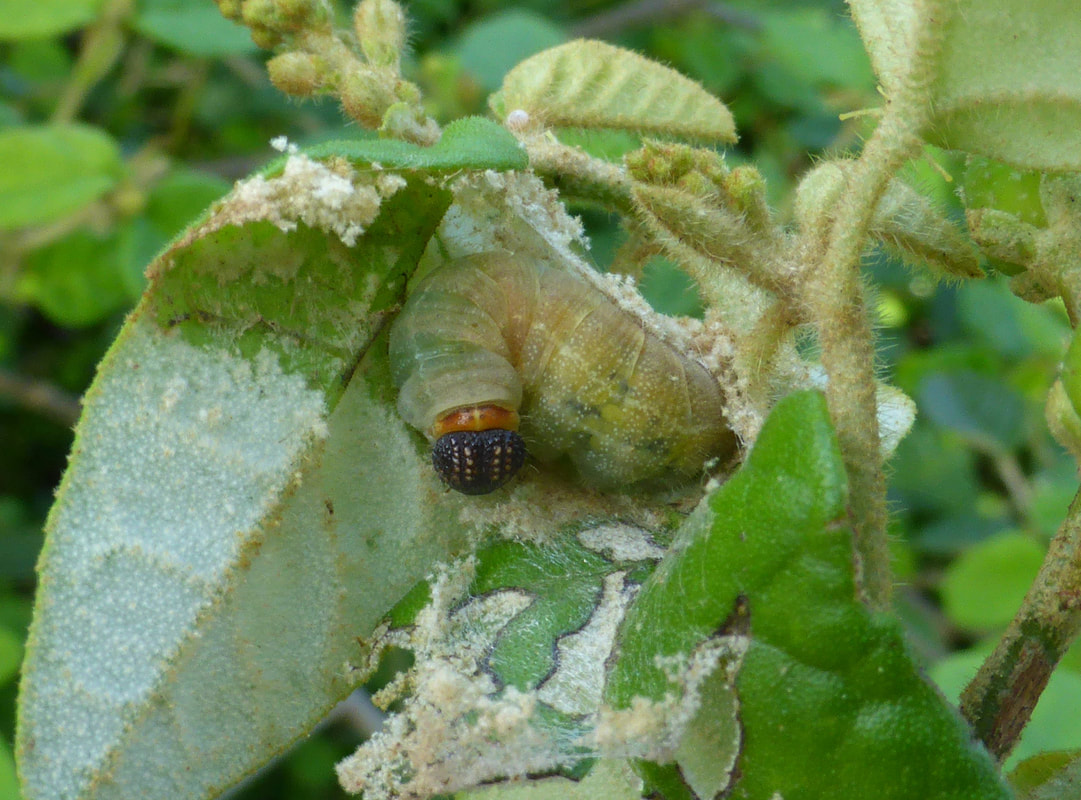 Concolorous Skipper Burca concolor larva 25 Sept 2017 Gibara © Tim Norriss
Concolorous Skipper Burca concolor larva 25 Sept 2017 Gibara © Tim Norriss |
Our taxi driver David picked us up early this morning and we then picked up our friend Douglas in Holguin before setting off to Gibara on the north coast where we were also going to meet up with Felix and Sandy. Before we got there we couldn't help stopping for fifteen minutes by a large Silk Cotton tree where there is lots of Croton origanifolius growing. This is the foodplant for Bartram's Scrub-Hairstreak Strymon acis and Cuban Leafwing Anaea cubana. Both these species occur here as well as Antillean Checkered Skipper Burnsius crisia. We were soon watching several Bartram's Scrub-Hairstreak Strymon acis nectaring on the flowers of the Croton. Wow what a beauty. Like may Hairstreaks they were very approachable and didn't move even with a camera a few inches away. They are very similar to Martial Scrub-Hairstreak Strymon martialis that we have seen before but lack the blue on the upperwings. And like them they have the adaptation of the tornus of the hindwing which splays out to show bright red spots resembling eyes with white eyebrows. This with the white-tipped tails moving like antennae must serve as an effective deterrent to predators approaching from the rear. We also found several Concolorous Skipper Burca concolor larvae in shelters made of the leaves of the Croton sewn together with silk.  Concolorous Skipper Burca concolor larva 25 Sept 2017 Gibara © Tim Norriss Concolorous Skipper Burca concolor larva 25 Sept 2017 Gibara © Tim Norriss We didn't stop long but back at the car Doug found a Limenia Scrub-Hairstreak Strymon limenia on a clump of the foodplant Malachra. We picked up Felix and Sandy in town and then took a track which leads into the hills. We stopped at a marshy area which spanned both sides of the road as there were several Reddish Egrets and Cattle Egrets along with Black-necked Stilts and a Lesser Yellowlegs. More interesting was a pair of Northern Jacana which was a new bird for me. That's what the two distant brown dots are. A Southern Dogface Zerene cesonia settled for a while on the track and we watched a Great Pondhawk Erythemis vesiculosa catch and eat a White Peacock Anartia jatrophae. We pressed on and eventually proceeded by foot up a narrow trail through the trees. Doug netted a yellow that he suspected was Confusing Yellow Pyrisitia larae and he wasn't wrong. It has rather less black on the outer margin of the forewing than Mimosa Yellow Pyrisitia nise with an uneven scalloped inner edge. Further up the hill Doug pointed out the foodplant Alvaradoa amorphoides. In the 19th century Juan Gundlach thought that the foodplant was probably Tecoma stans as he saw them flying around the flowers and interestingly we found both plants growing side by side next to the track. It was not until Harvey observed oviposition on Alvaradoa amorphoides on Andros Island in the 1980's that the real foodplant was discovered. P. larae proved to be the commonest butterfly here on the trail. The calls of Cuban Trogon, Cuban Emerald and Cuban Tody were all around. We found a nice selection of larvae and eggs and an attractive Pyralid moth Diaphantania impulsalis that we hadn't seen before. We saw a single Chestnut Leafwing Cymatogramma echemus and Doug then also found a larva. We had seen a Cuban White Ganyra menciae on the second day and here we also saw another but the weather was starting to look rather threatening with gathering black clouds and thunder overhead so we beat a hasty retreat to the car and then back into town where we had booked a casa to stay the night. A great day with good company, some nice birds and dragonflies and forty butterfly species seen if you count immature stages as well.
0 Comments
I spent a while before breakfast photographing the birds at the edge of the lagoon from the beach. There were six species of heron here, not as many as there can be during the winter, as well as Yellow-throated Warbler, Northern Waterthrush, Black-necked Stilts, Belted Kingfisher and Spotted Sandpiper. We got Russell to take us with his horse and trap up to the start of the Cerro de Yaguajay trail to save us the walk along the road to get there. We were still struggling to acclimatise to the 35⁰C and high humidity each day and its a nice way to travel and see lots on the way. We passed a house that still had its hurricane protection in place and left Russell in the shade whilst we walked on up the trail. We'd intended to go further than we did but that was because we came across a large patch of Varronia bushes in flower that had lots of butterflies nectaring. Even more exciting was a day-flying Hawk-moth or Clearwing as Americans call them. Frustratingly although it was close I got no pictures as it darted from flower to flower and didn't stay long. I'm certain it was a Hemaris sp and probably Hemaris thysbe or Hummingbird Clearwing. No Hemaris have been recorded here before so this was new for Cuba! H. thysbe is double-brooded and widespread in N America down to Florida and is a known long distance migrant. Perhaps this was another product of Hurricane Irma, and how annoying that I didn't manage to clinch the identification. Some of the Cuban Kite Swallowtail Eurytides celadon were starting to look very worn. They soon lose the blue scales and then look very different in flight but it was nice to see up to a dozen nectaring together at once. Just next to the hotel is a small sewage works that has three settlement tanks. On our first visit the grass was long and ungrazed and great for grassland butterflies but since then it has been increasingly grazed by goats and now horses which is a great shame. We do however always check for birds to see what waders and ducks are there. On this occasion there were Black-necked Stilts, 1 Turnstone, 2 Least Sandpiper and 2 Killdeer. The tanks contain lots of Cuban Slider Trachemys decussata but they are very wary and difficult to approach. At the stables just outside the entrance to the sewage works was a pair of Shiny Cowbird feeding, singing and displaying on one of the horses. This is the first time we have seen them here though Carlos did point out one a couple of years ago at the Paradisus hotel. Later near our room we found a longhorn beetle Eburia stigma which we have seen it before.
We had a quieter day today making preparations for going away for five days next week to Gibara and then to Camagüey. Lynn saw a couple of fruit bats flying around a tree in the gardens first thing as she went down to the sea for a swim. It sounded like they were going to roost but we couldn't see them later when we looked. We took a taxi to Boca de Sama for the morning with Jose but there weren't as many butterflies there as I had expected.
Our pre-breakfast swim in the sea this morning produced only a Least Tern flying along the beach as well as the usual gang of Yellow-crowned Night Herons. There were even more Cuban Kite Swallowtail Eurytides celadon about today with at least 70 seen plus Bahaman swallowtail Heraclides andraemon and one Oviedo's Swallowtail Heraclides oviedo as well. Good numbers of Tropical Buckeye Junonia zonalis were emerging and pairing up. And in the woodland near the hotel the Cuban Whiptail Pholidoscelis auberi is the commonest reptile. Some of the damage to the trees in the hotel gardens caused by Hurricane Irma was still being cleared up by the hotel garden staff, and we were told that at the top of our room block was a terrace where you had a great 360 view of the surrounding countryside - never realised that despite the fact that we have stayed here several times before. Anyway we went up and sure enough there were great views down to the beach, across to the distant hills where we we walked last year with Bernd (and intend to again this trip), and over the freshwater lagoon to Aguada la Piedra where quite a few of the hotel staff live.
The highlight of Lynn's early morning swim in the sea was two Magnificent Frigatebird drifting overhead - you can't beat swimming in the tropics. Just to the east of the Luna y Mares Hotel lies the Paradisus Rio de Oro Hotel, and just to the east of that lies a woodland reserve called the Parque Nacional Bahia de Naranjo. We always spend a bit of time here mainly on the perimeter track although we should probably spend more time exploring the woodland itself as well. The track starts near the Paradisus hotel and runs east. Cicadas are often heard in woodland and scrub and this morning was no exception though they are rarely seen. This morning I saw one fly past me and settle so took the opportunity of getting some pictures. It was large, much larger than any I have seen in Europe, and each wing had three black spots. We also saw several reptiles including this Cuban Brown Anole Anolis sagrei. The Paradisus hotel uses the south side of this track and others to dump builders rubbish which is a great shame and on this occasion we found they had used the area for dumping all the tree debris after the hurricane. And these were the flowery areas where we have seen some good butterflies in the past - but not today. Further on there are some Varronia globosa bushes that were in flower and I stopped to photograph Florida Duskywing Ephyriades brunnea and Fiery Skipper Hylephila phyleus when a Nymphalid flew past and eventually settled. To my surprise it was a Painted Lady Vanessa cardui. My guess is that this had been swept in on the hurricane winds. Luis R Hernández talks of it being resident on Cuba citing it being seen on the mountain tops at the eastern end of the island but it would be nice to prove breeding by finding larvae. As far as I'm aware no-one has ever done so. Cuban Kite Swallowtail Eurytides celadon was again in good numbers and it was nice to see the Cuban White Ganyra menciae and the endemic Cuban Snout Libytheana motya. As we entered the wood a Cuban Racer Cubophis cantherigerus about 3ft long crossed the path and slithered into the vegetation. We normally see one or two snakes on every trip and this is certainly the commonest.
The flight into Holguin from London Gatwick arrives on Tuesday afternoons and by the time we had gone through customs, had our hand baggage scanned and collected hold luggage we were keen to get on the air-conditioned coach for the transfer to the Luna y Mares hotel on the coast west of Guardalavaca. We were encouraged by the amount of fresh grass growth from the rain of the previous two weeks as that bode well for the butterflies we might see. It was dusk by the time we reached the hotel. The next morning we were out early for a walk along the beach and swim before breakfast. There were three Yellow-crowned Night Herons and five plovers that I think were Piping Plover but hadn't brought binoculars so wasn't sure. While sitting at breakfast a few butterflies started to appear with sulphurs and yellows flying past but best of all was two Iphicleola Sister Adelpha iphicleola with their distinctive broad white bars across the wings. These were the only ones we saw in three weeks. We ventured out later for a walk from the hotel and an Immature male Summer Tanager was sitting in the trees outside the main entrance. This is the third time we have seen Summer Tanager in Cuba and all have been immature males with a few scarlet feathers starting to show through. We walked the trails near the hotel during the morning and saw a good range of butterflies with Cuban Kite Swallowtail Eurytides celadon being by far the most common. We normally only see one or two per trip but here there were lots and we must have seen at least sixty during the morning. I don't if this is unusual or if it is a regular occurrence after heavy rain in the autumn. Our friend Douglas who lives in Camagüey tells us that he has never witnessed numbers like this. Not far from the hotel we found a wayleave under the power lines that had lots of Croton and Varronia globosa bushes that were in flower and the Swallowtails were nectaring mainly on the latter. There were also several Concolorous Skipper Burca concolor that were nectaring on the Croton. The males spent most of the time searching for females close to the ground while the females were alternately nectaring at the small white Croton flowers and then laying eggs on the underside of the leaves. We had good views of Cuban Green Woodpecker, Cuban Tody, Yellow-faced Grassquit and Cuban Lizard-cuckoo while a Hooded Vulture seemed reluctant to fly from its tree. These last are ever-present and if the sun is shining it is always possible to see birds overhead. Goodness knows how they find enough to feed on though any animal killed on the road quickly attracts a large number. Cloudless Sulphur Phoebis sennae were common as well as a few Yellow-angled Sulphur Anteos maerula, White-angled Sulphur Anteos clorinde and the a single Apricot Sulphur Phoebis argante flew past which was the only one of the whole trip. In the evening we went to the lobster dinner at the restaurant down on the beach and half way through the meal it started to rain. Although the roof is thatched the sides are open so when the wind blows as well, which it did, it led to a halt to the eating and drinking and a rapid rearrangement of the tables to prevent those at the outer edge getting soaked by the squall. This led to us getting to know Stefan and Anneka from Germany who were on the next table and were there with their daughter Leonie whose birthday it was. And the hotel had even made her a birthday cake. Stefan is a fan of old British comedies and dramas and I became known as Inspector Barnaby from Midsomer Murders after that!
Our latest trip from 20 September – 10 October 2017 was to Holguin staying once again at the Luna y Mares hotel just west of Guardalavaca. This was just after the devastation of Hurricane Irma which caused enormous damage to many Antillean islands as it crossed the Caribbean. In Cuba the east largely escaped this time but it hit Cayo Coco on the mid-north coast and traveled west wreaking havoc to Habana and beyond. At Guardalavaca everyone had breathed a big sigh of relief and after the clean-up of fallen trees and palms you would not notice anything different. We had been in touch with friends in the area so knew that it had been a very dry summer and we were hopeful that the large quantity of rain that had fallen would have a beneficial effect on the vegetation and emergence of butterflies, and this proved to be the case. We had seen the start of this phenomenon last year when Hurricane Matthew swept through on 4-5 October 2016 but on that occasion we only stayed for a week after the hurricane hit. This time we arrived ten days after the rain had passed – and boy did it rain! According to official figures as of September 12, the 242 reservoirs managed by the NWRI contained about 5,500,000,000 cubic meters of water representing an increase of 1.9 billion cubic meters (rising from 40 to 61% of their total capacity) since September 5. After several years of low rainfall that was causing concern (and water shortages) in some areas this was the only beneficial effect of the hurricane. We noticed the effect straight away but I will just give the highlights of the trip here:
There were lots of other great things besides, but you'll have to wait for those.
|
Welcome to our Blog
Here we will post interesting news about what we and others have seen in Cuba. Archives
July 2024
Categories |
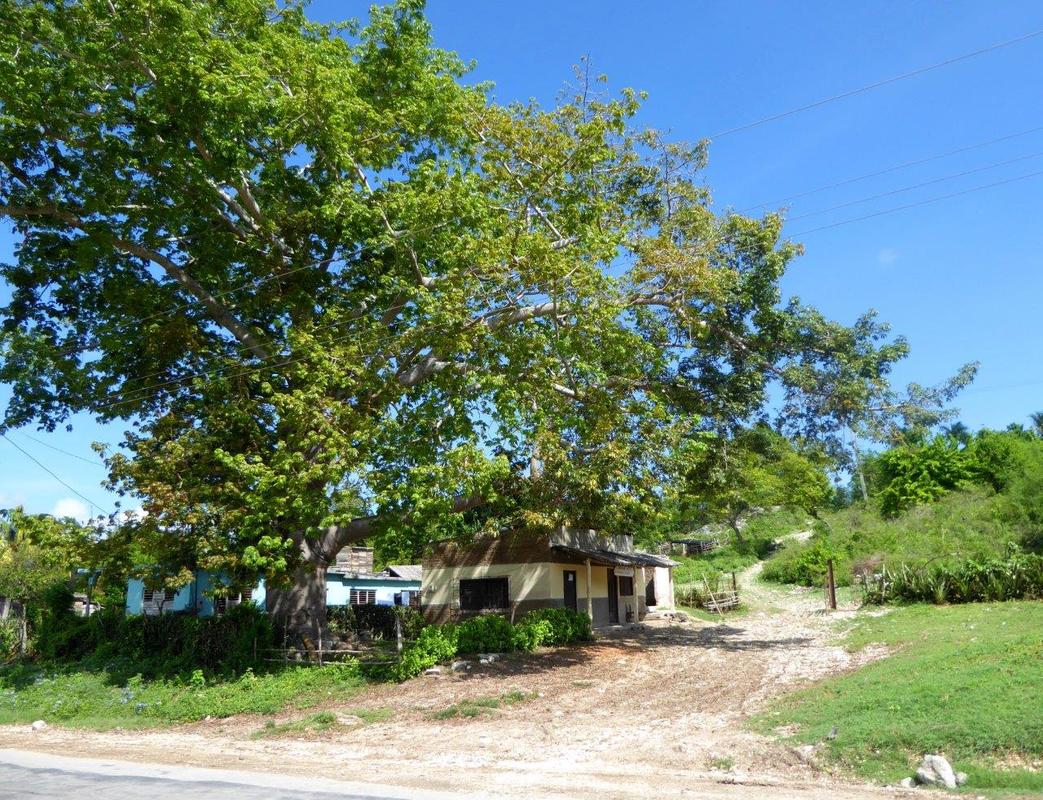
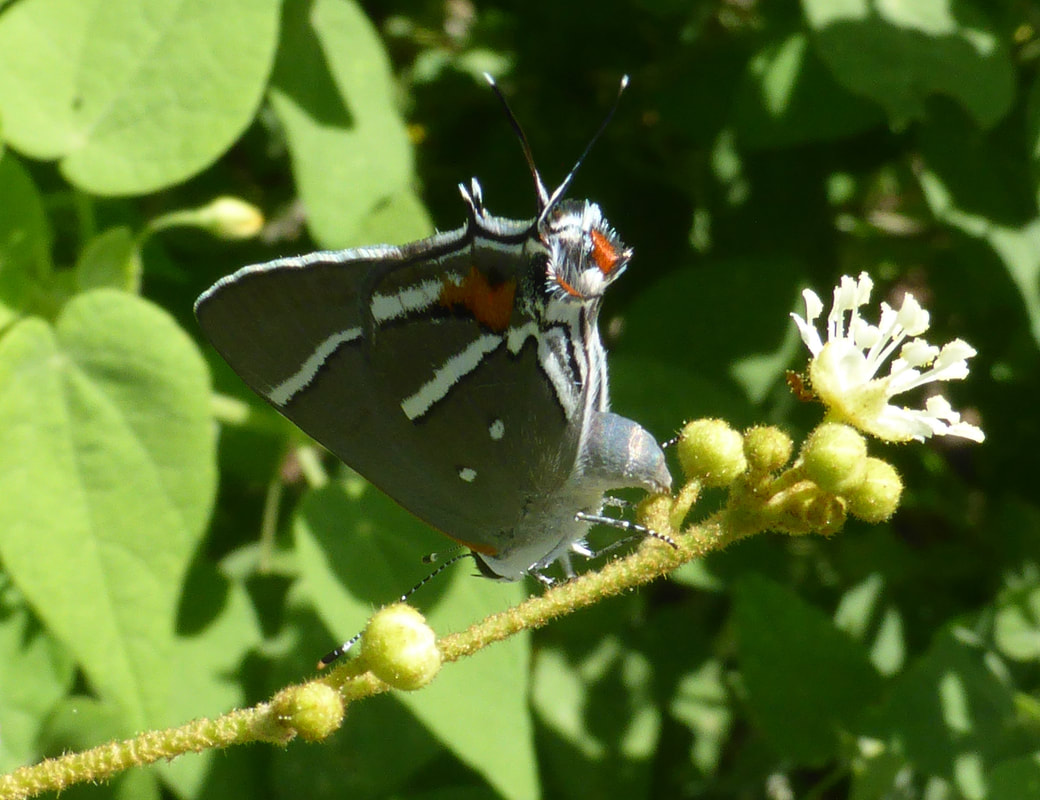
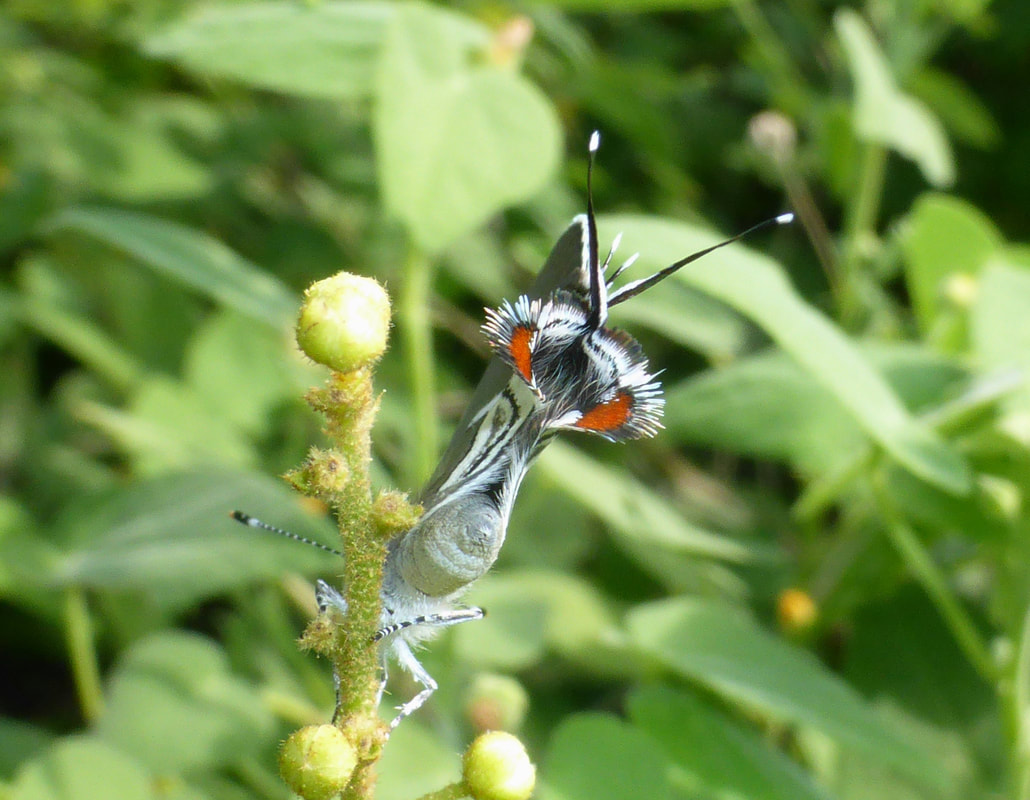
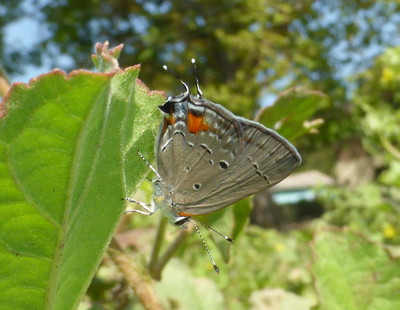
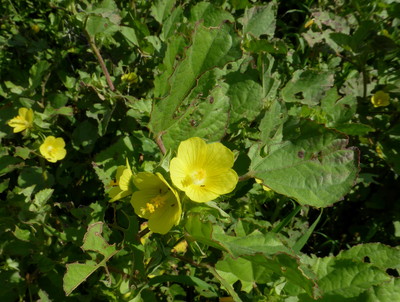
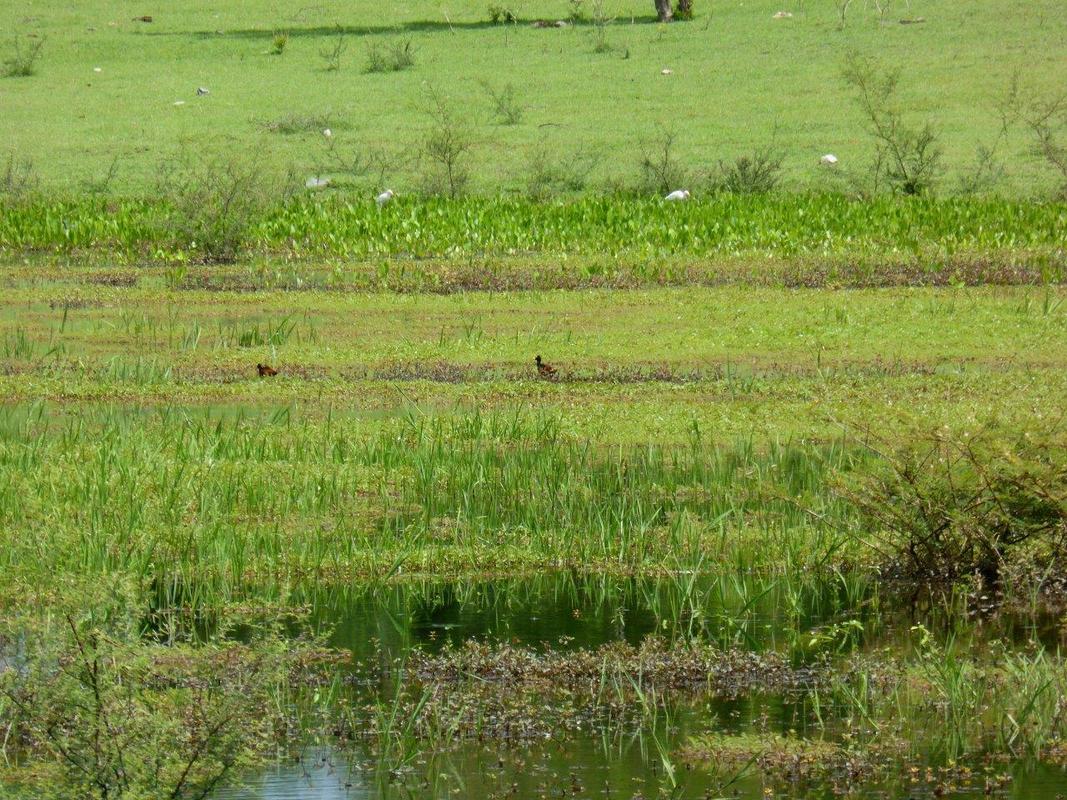
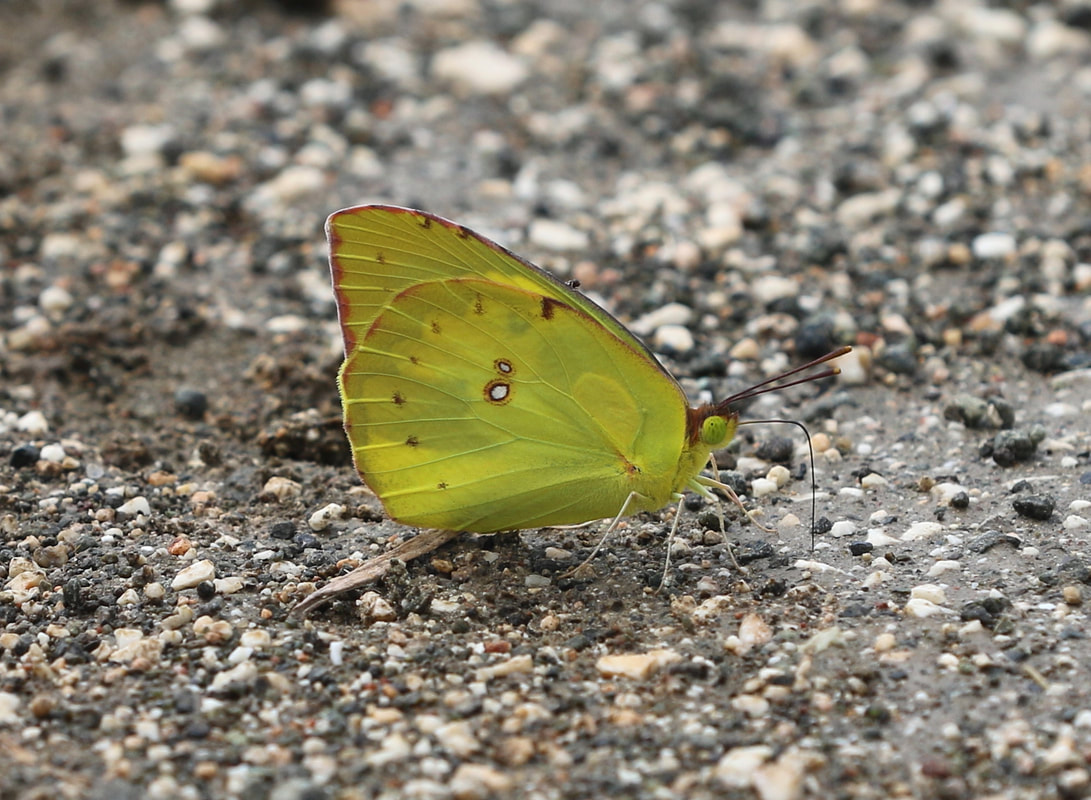
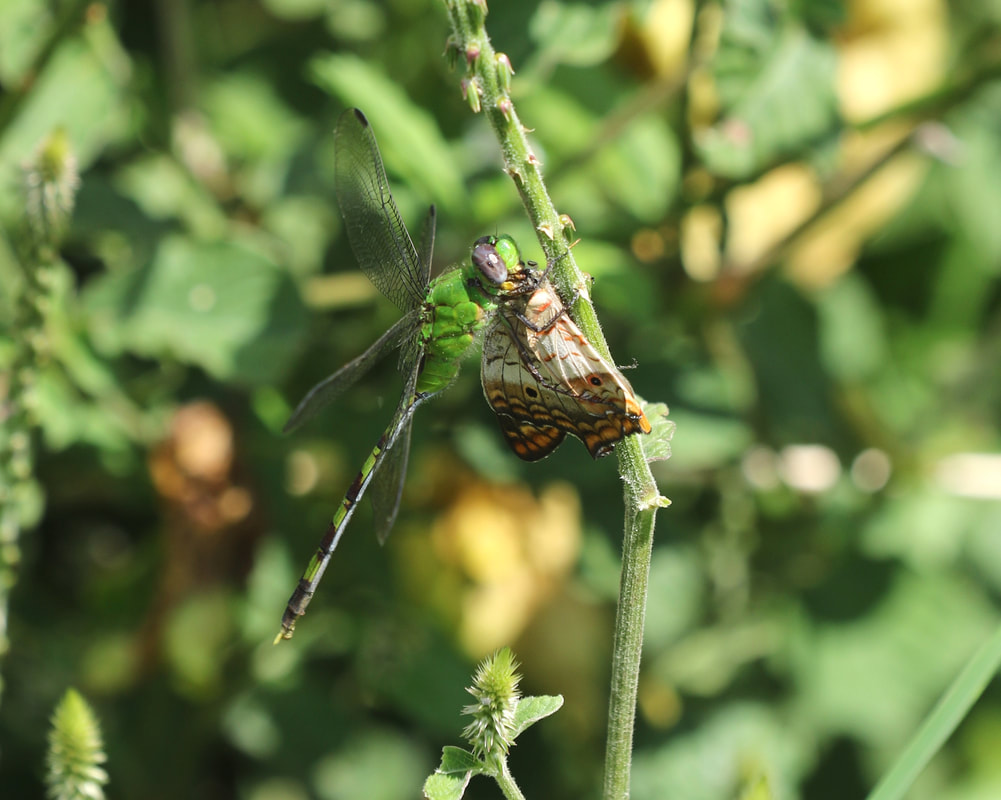
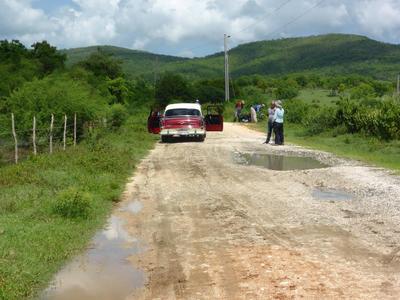
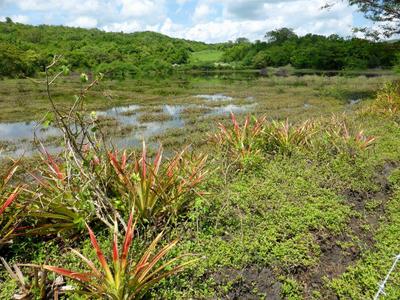
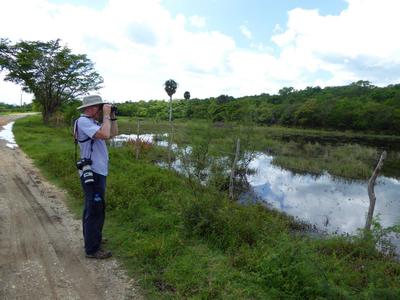
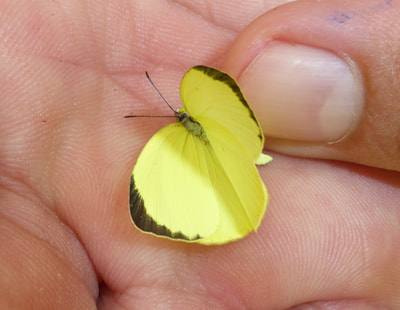
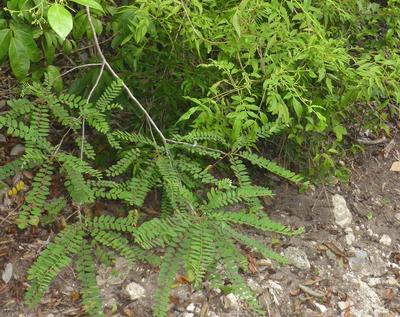
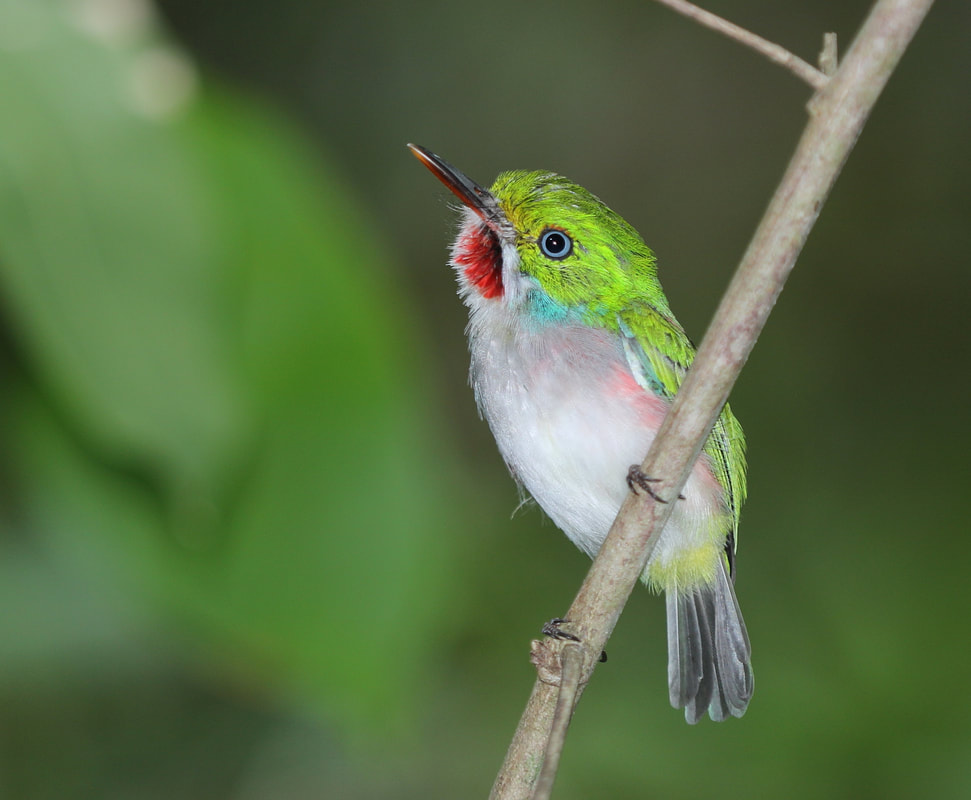
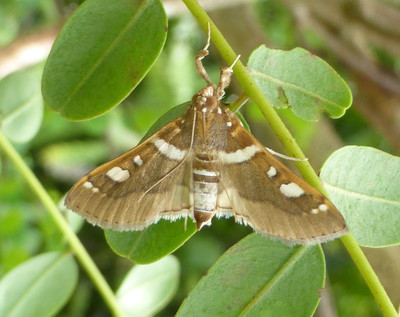
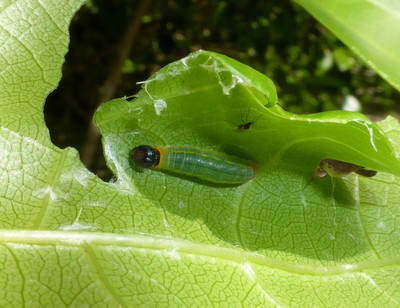
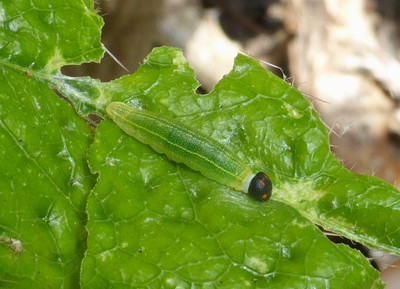
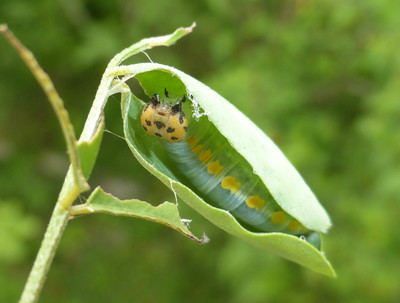
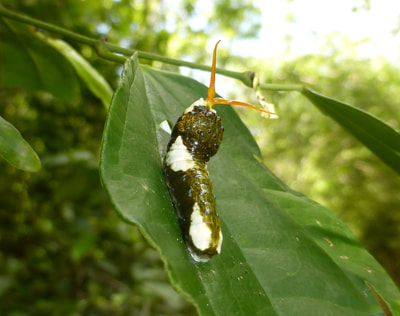
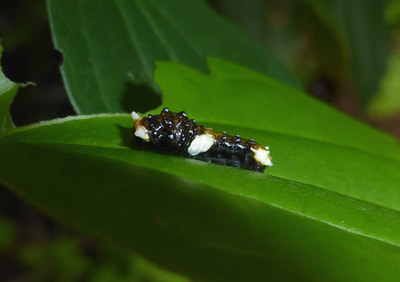
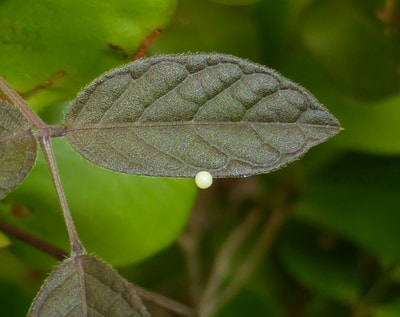
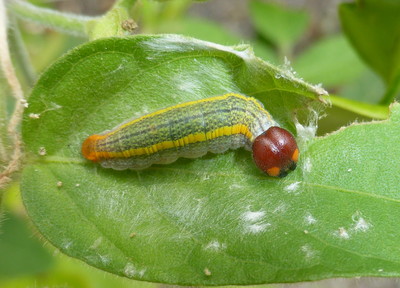
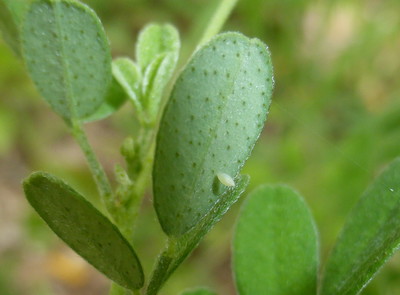
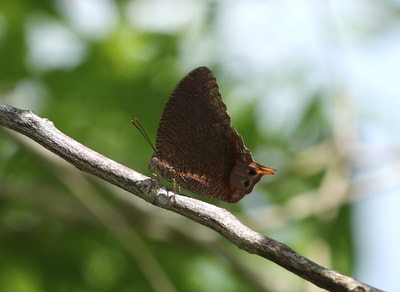
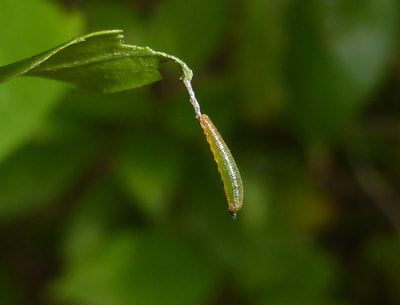
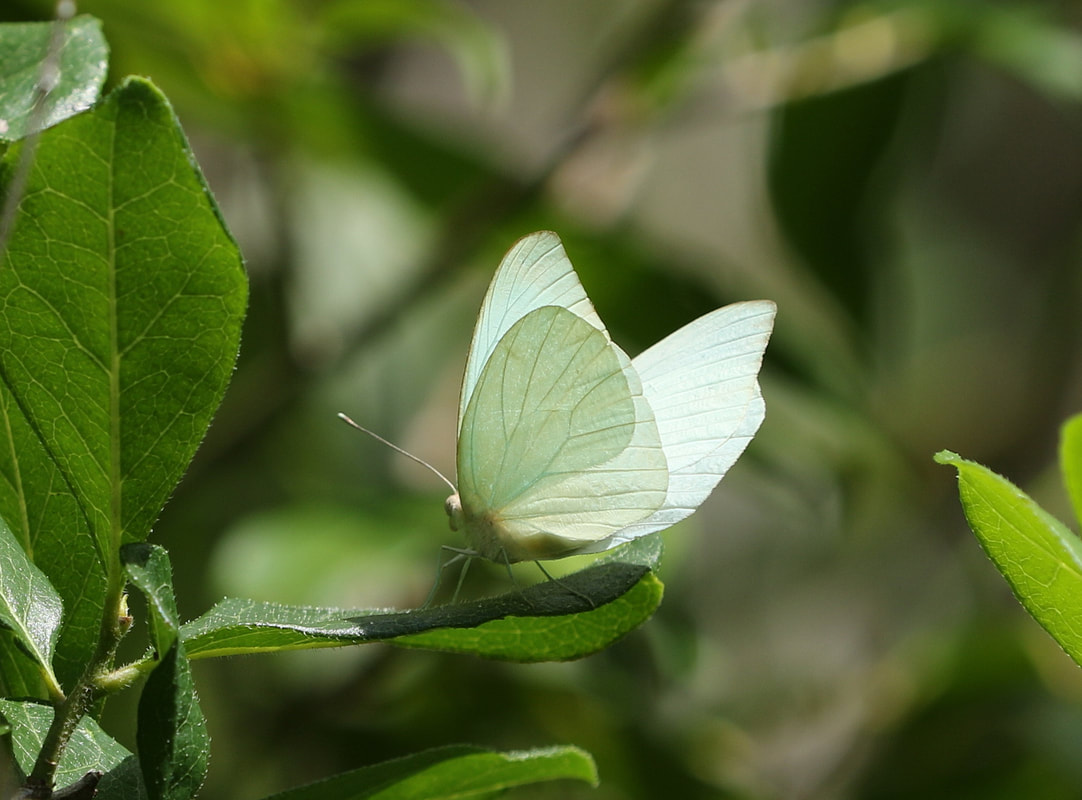
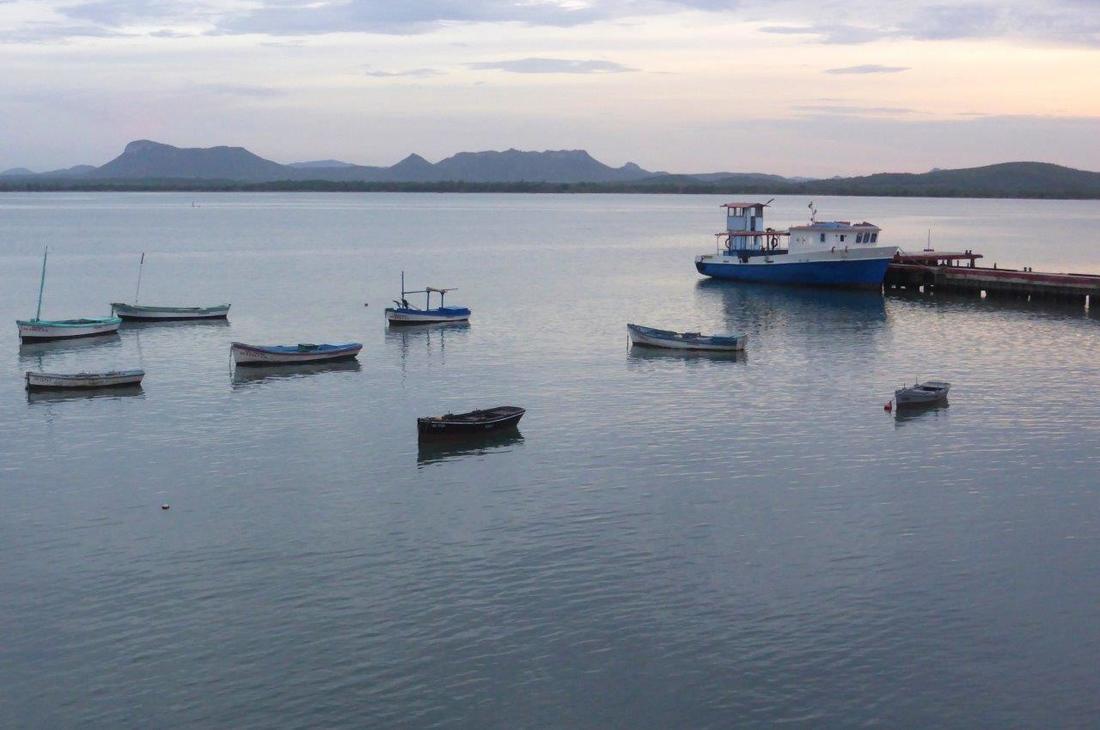
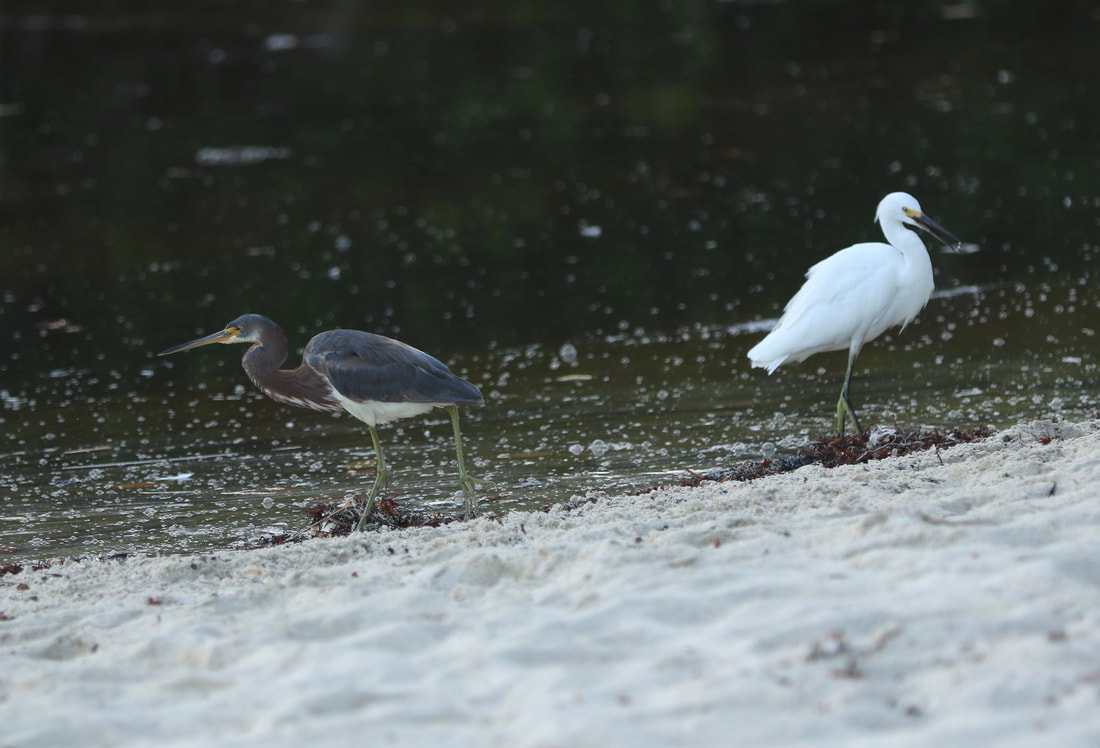
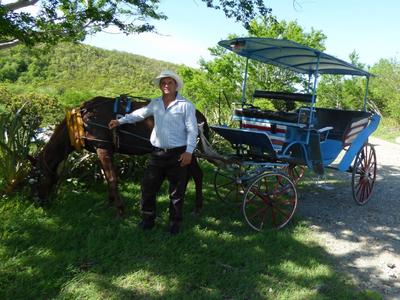
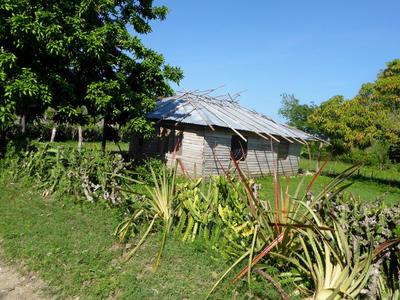
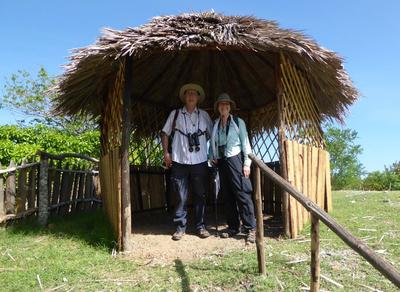
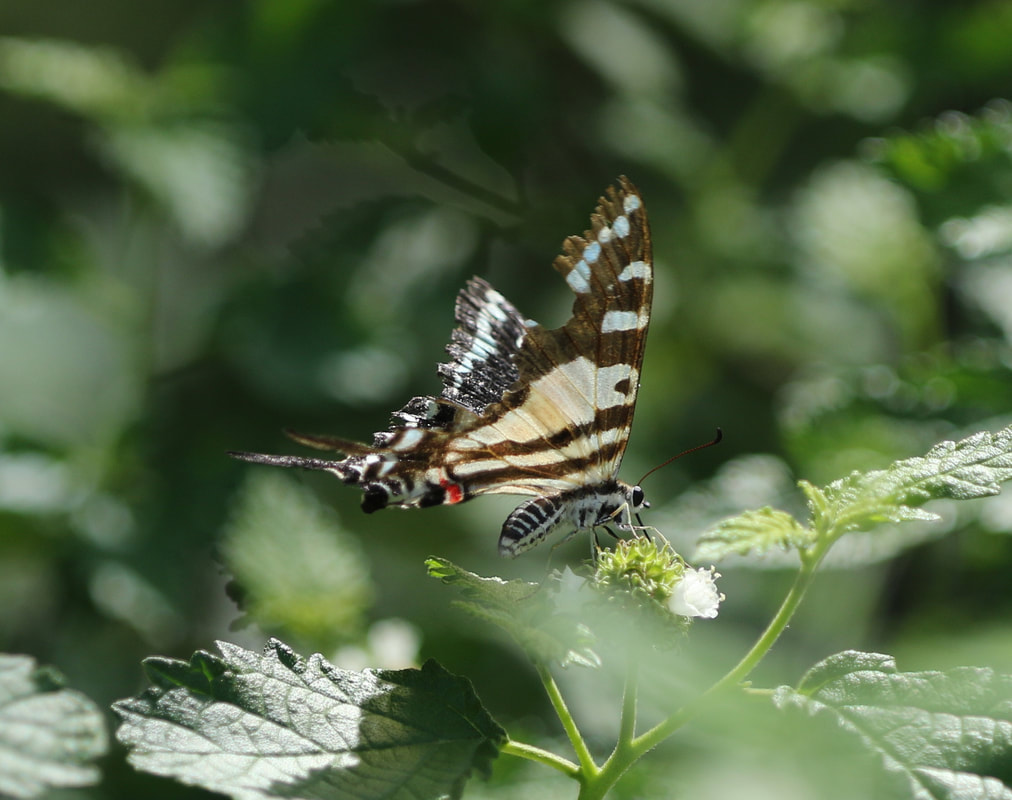
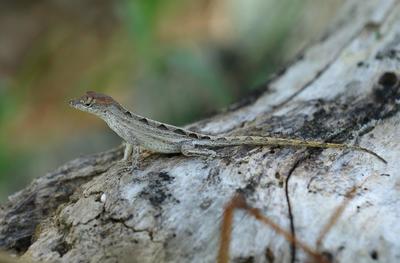
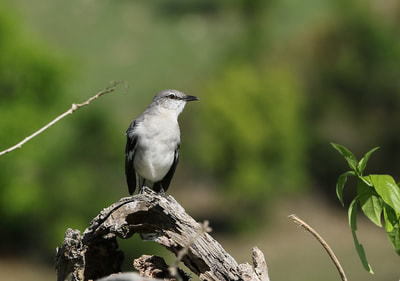
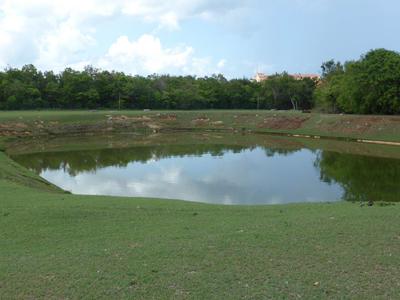
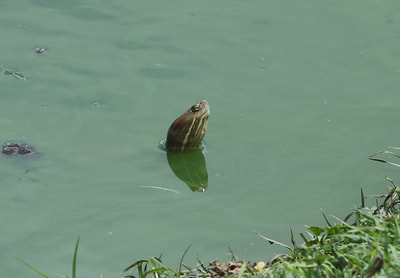
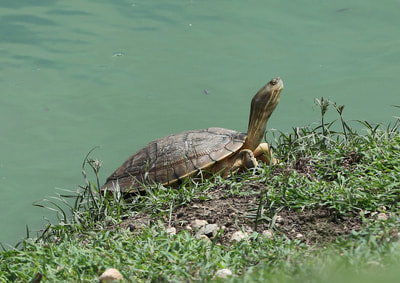
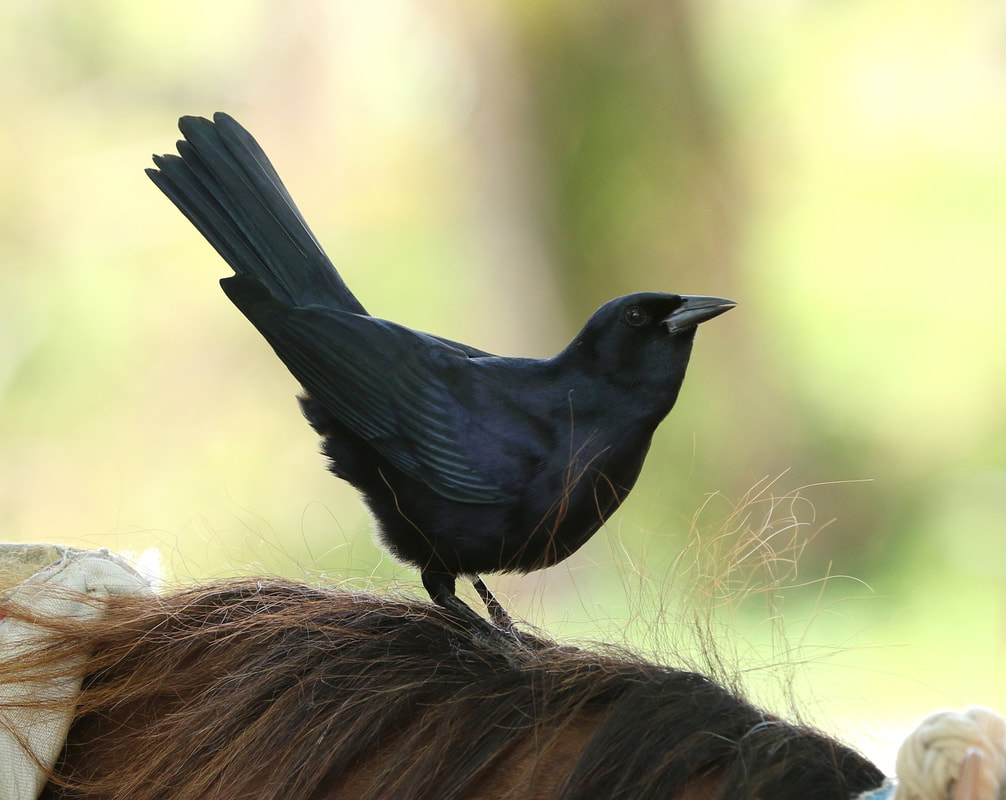
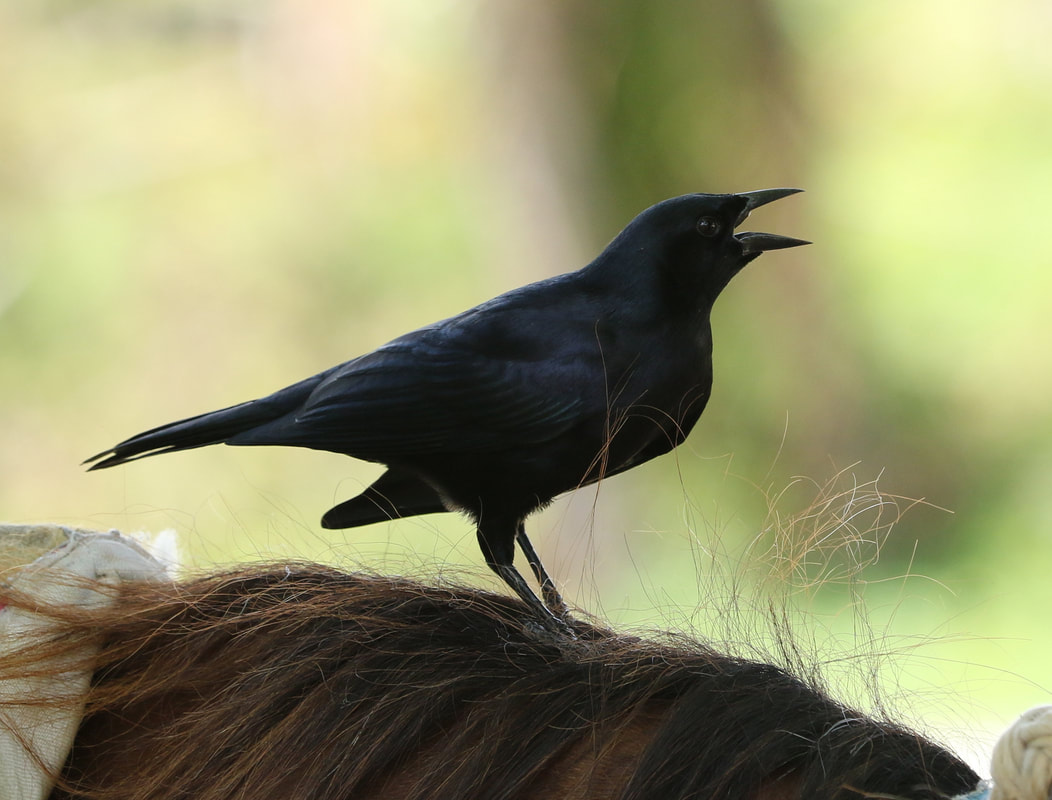
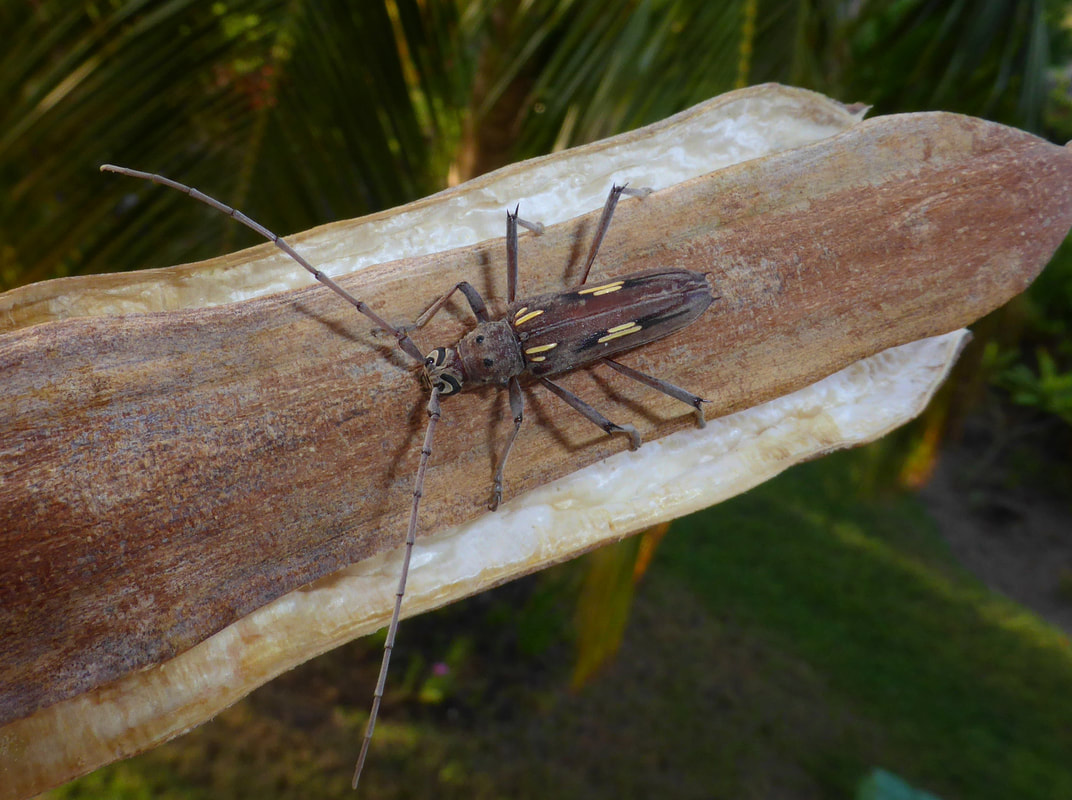
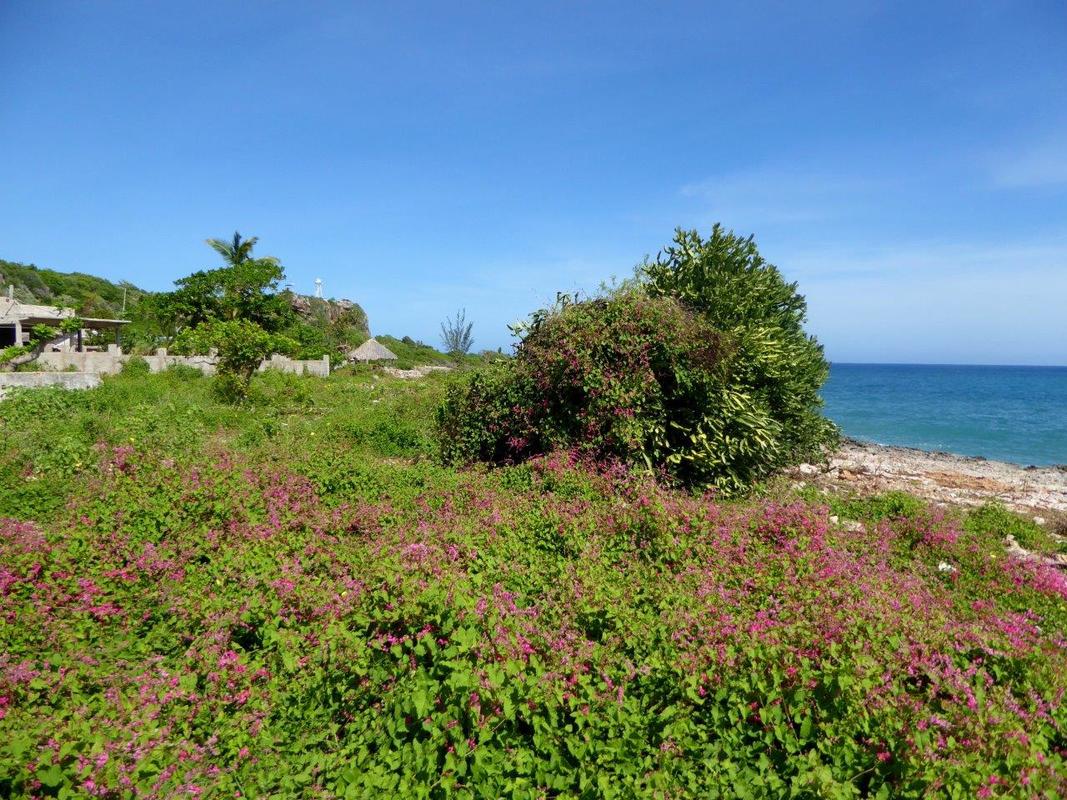
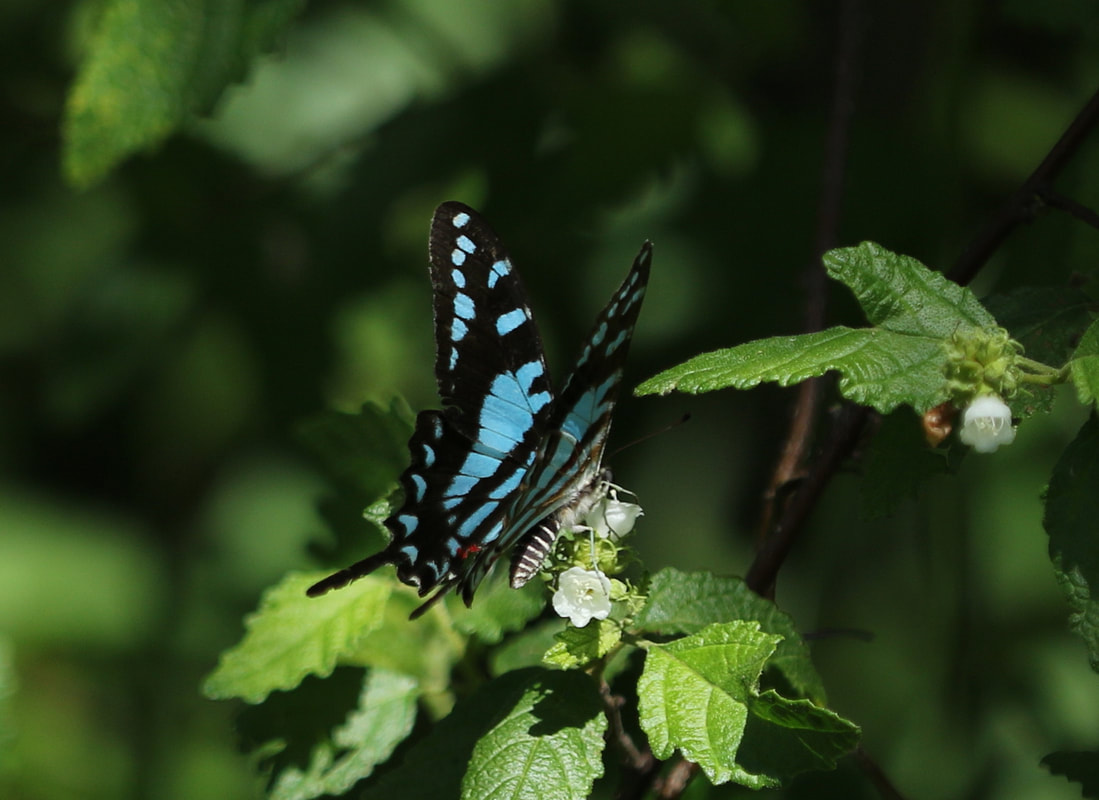
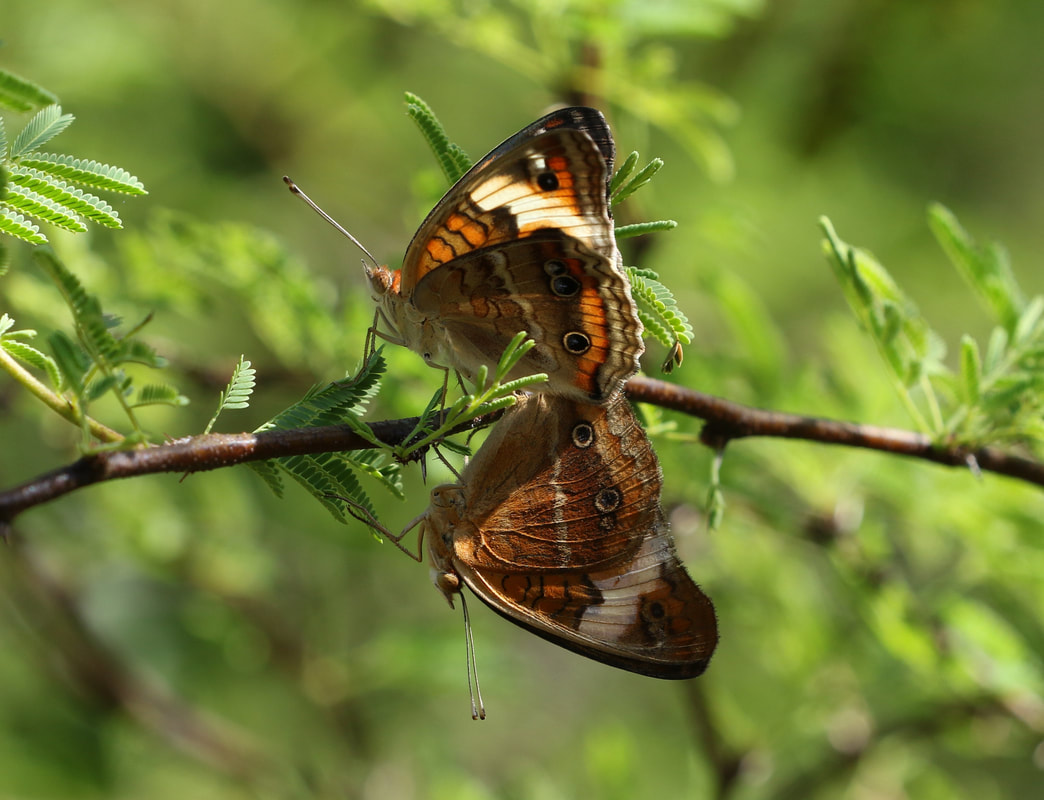
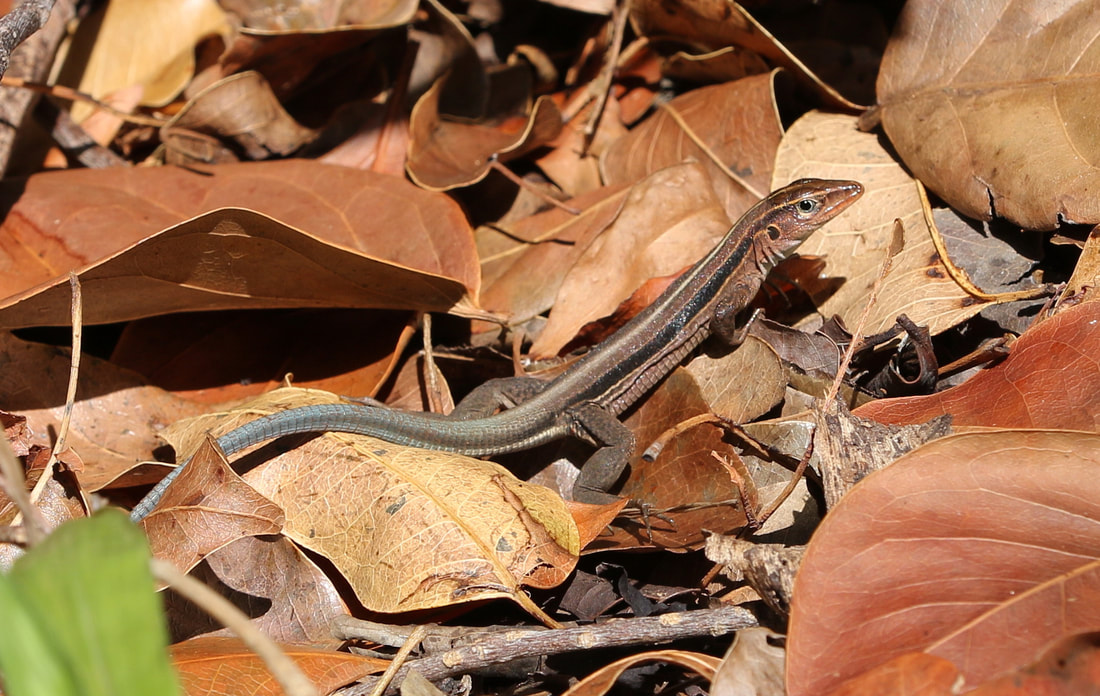
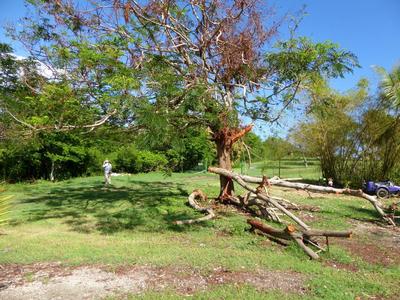
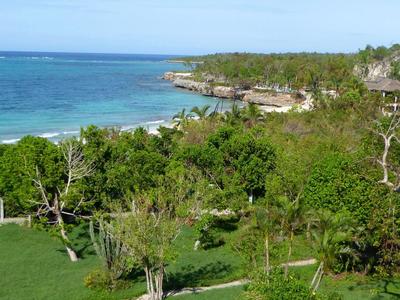
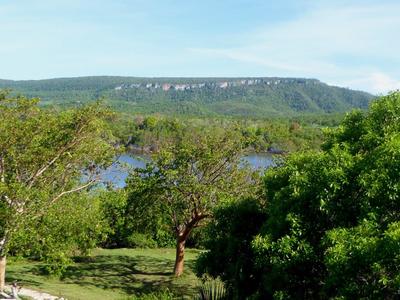
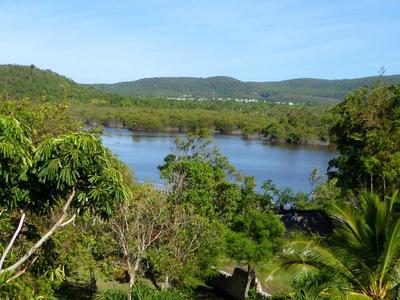
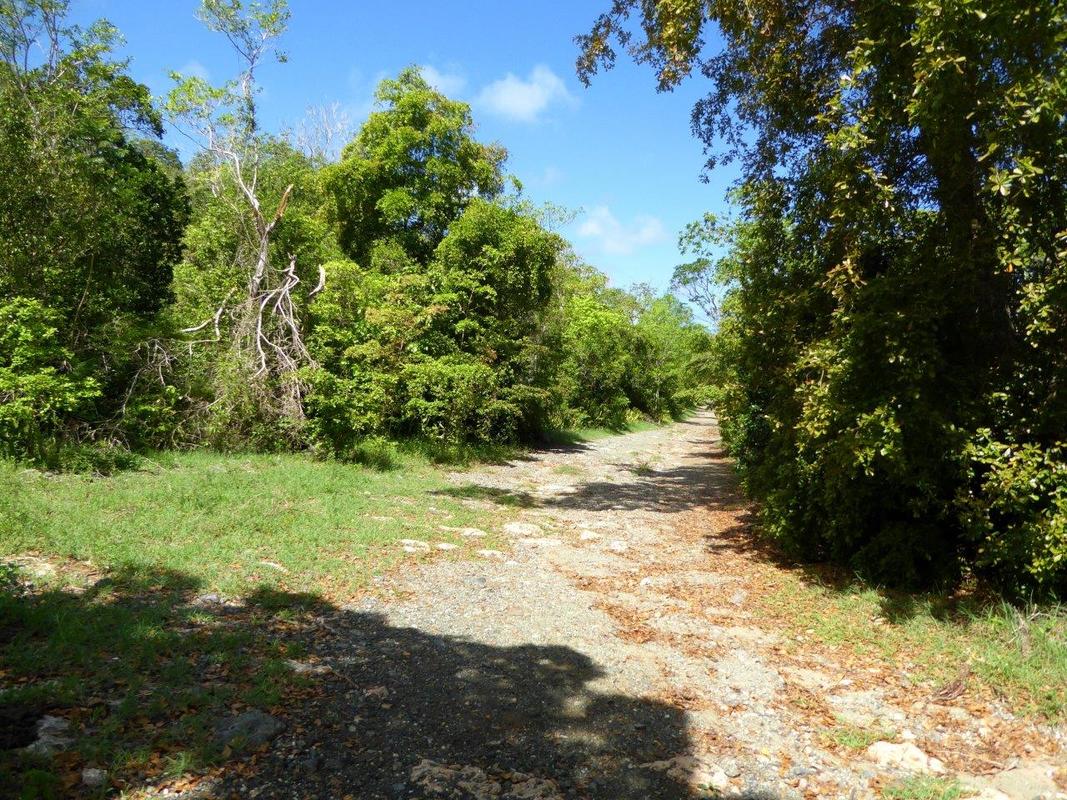
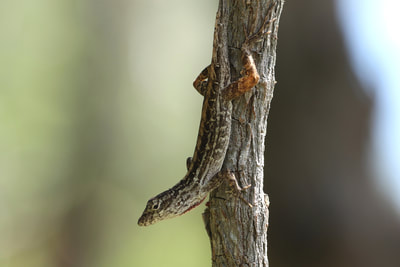
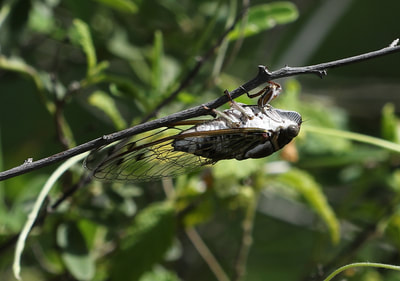
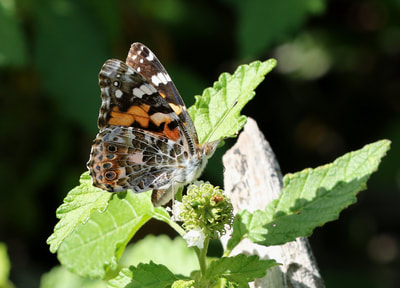
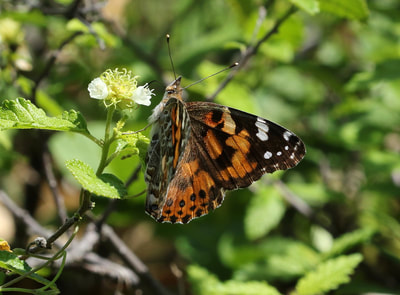
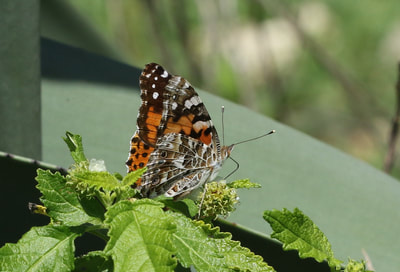
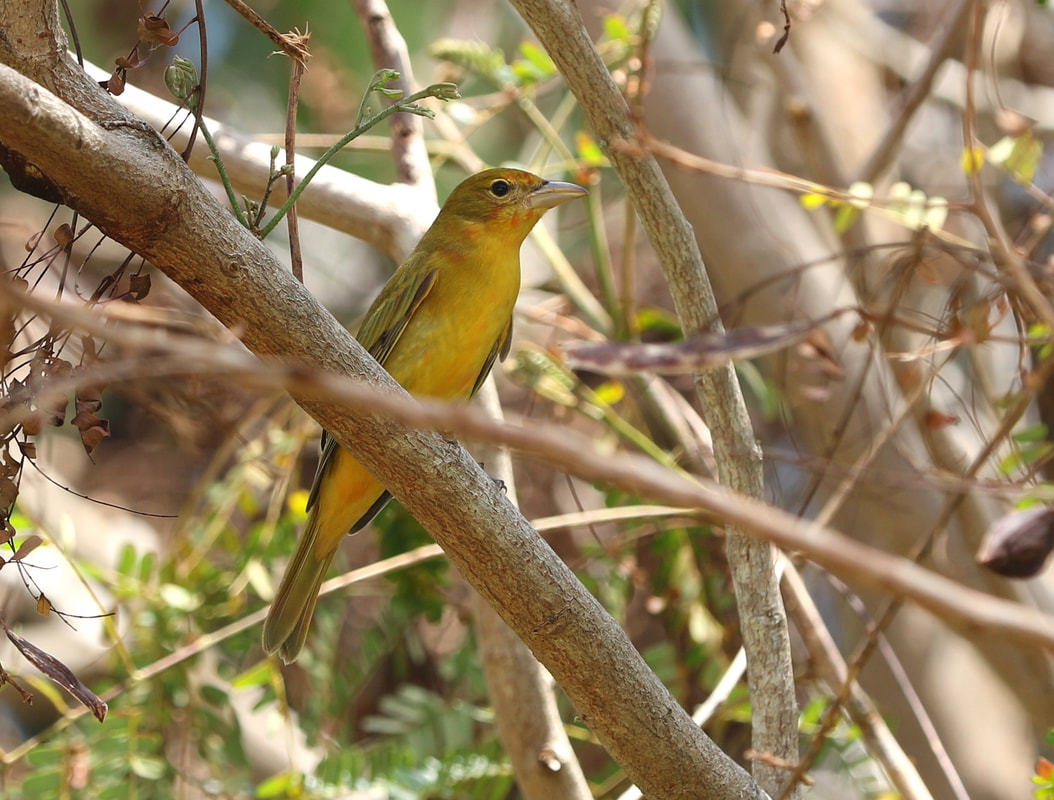
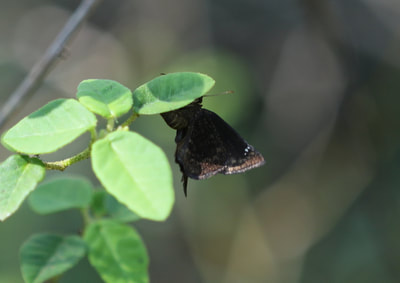
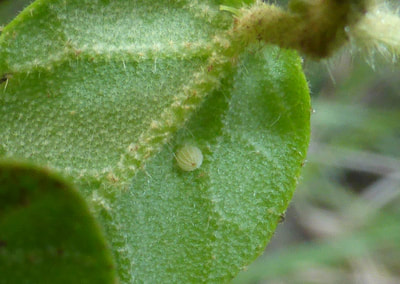
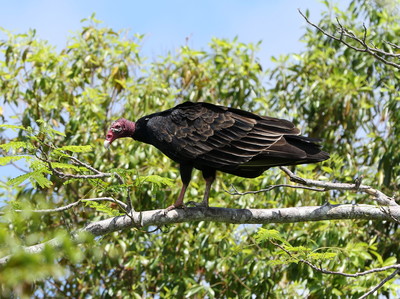
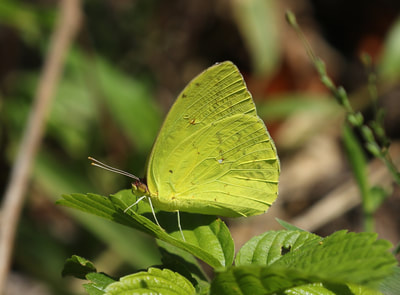
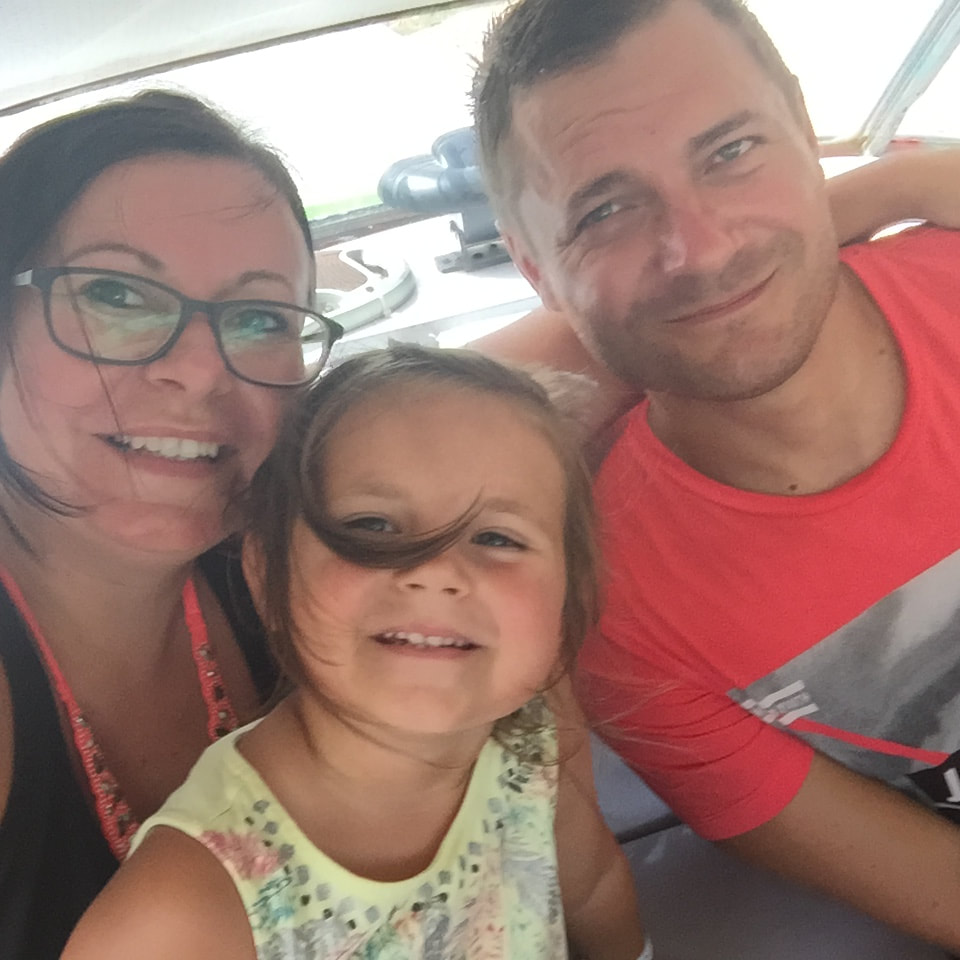
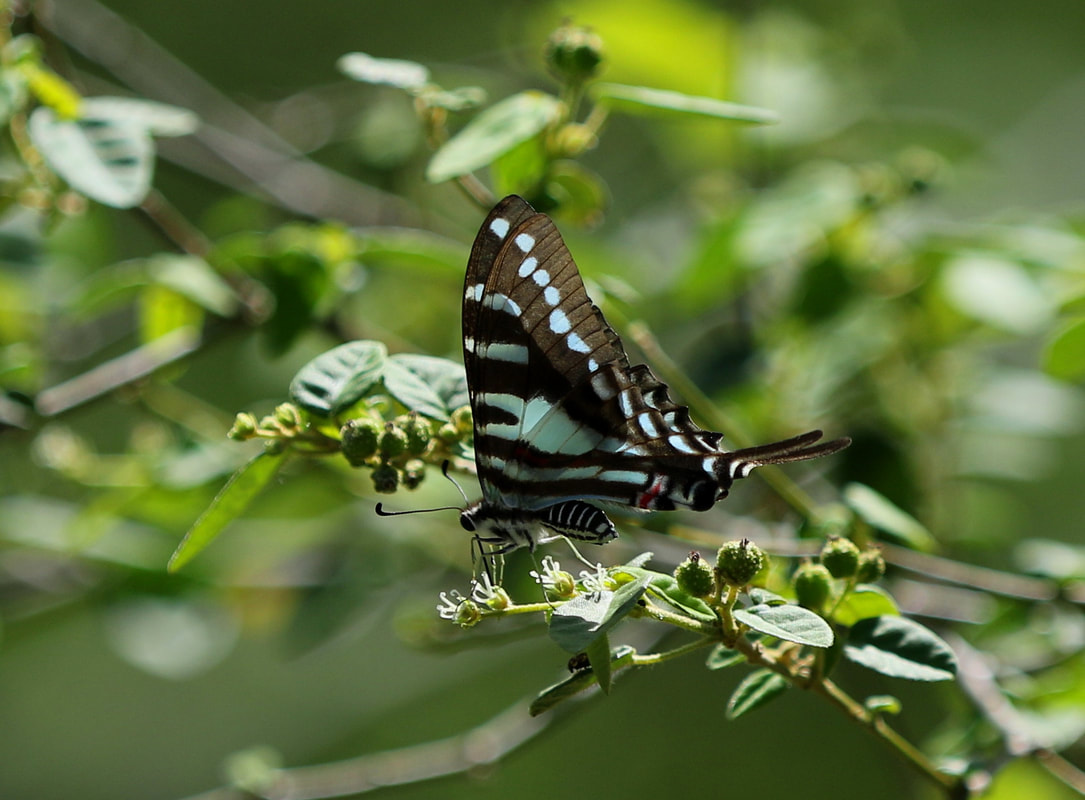
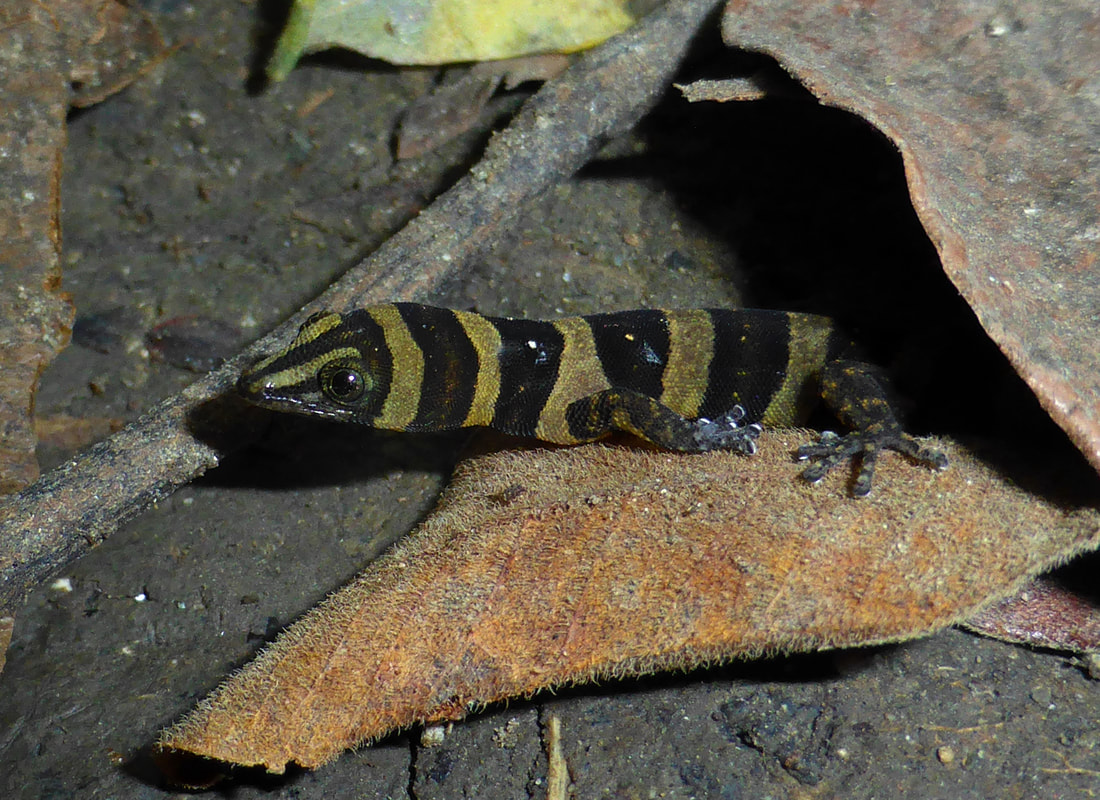
 RSS Feed
RSS Feed